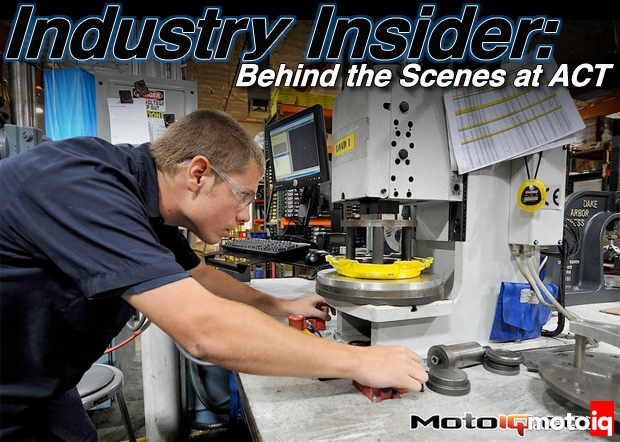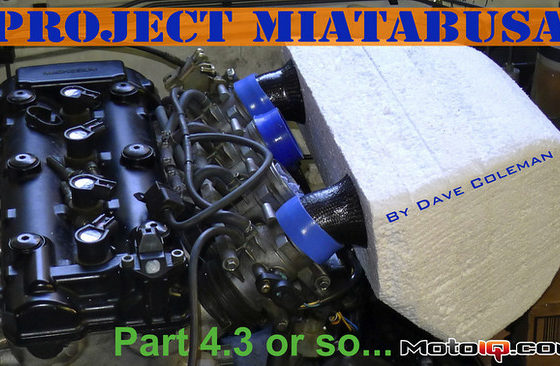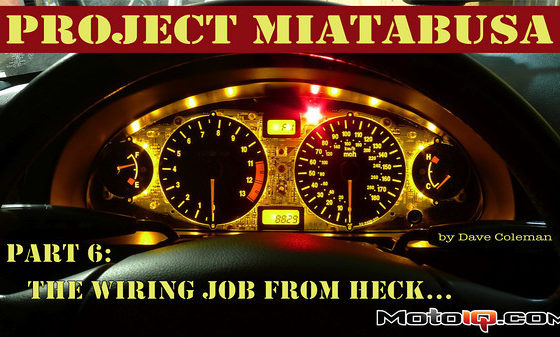,
 |
| The ACT hub is much stronger than stock to resist breaking. The hub has precision machined splines that are broached in. This is critical for input shaft wear and to prevent the hub from stripping out. The spring windows of the hub are induction hardened. ACT has found that many failures are caused by the spring wearing the hub and weakening it and thus has started to harden this area for longer life. |
 |
| This is a broach bit, it progressively cuts the splines in one pass like a giant file. |
 |
| The broach teeth progressively cut the metal as the broach travels through the hub hole. |
 |
| The broaching machine pulls the broach down through the hub like a gigantic hydraulic file puller! |
After the pressure plate is assembled it is cycle tested on a computerized test fixture. The fixture cycles the pressure plate and verifies the pressure ramp up curve, the release points and the clamp load. All critical operational points are plotted and traceability is maintained throughout this critical step. If a clutch fails the actual test results can be double checked and the problem traced.
 |
| The ACT disc has a lot of parts! This sprung hub disc has the hub/spring retainer, plastic thrust bearings, dual springs, six pucks and a marcel spring. This an example of a heavy duty/high power but streetable disk, perhaps the hardest disc to engineer. |
Finally the pressure plate is dynamically balanced. This step is often skipped by most aftermarket manufactures. It is spun up on a balancing machine and either holes are drilled or weight added to achieve perfect balance. If you ever see what looks like extra holes or rivets on an ACT pressure plate, it is from the balancing operation. As you can see, an ACT part is a far cry from a refiddled stock pressure plate!
 |
| An example of ACT improvements from analyzing failure. After seeing 4-puck solid hub discs fail like this, ACT redesigned the part to eliminate stress risers in the root of the arm and double the amount of rivets holding the arms to the hub. |
ACT also makes there own discs in house. The disc starts with the hub. With much experience with every sort of hub failure possible, ACT designs and manufactures there own proprietary hub. The hub has a lot of support for the hub springs as the springs tend to wear through the hub and weaken it enough to break! There is also generous support for the hub travel stoppers. Other cool features are OEM style plastic thrust bearings between the sections of sprung floating hubs to reduce wear and chatter for smooth, long lasting and quiet operation. Many discs are available with a marcel spring just like OEM to smooth operation. Some discs also have rubber spring dampers to quite the disc as well.
 |
| ACT let us see parts from their “hall of shame”. Not all of these parts are ACT but they look at clutch failures as a way to see how to improve the product. Because ACT is efficient at making small runs of product, many changes are very quickly integrated into production. Here is an example of a burst disc. The stress on the disc from heat and centrifugal force has exceeded the strength of the friction material to were it shears off the disc. |
 |
| Here is an example of the hub spring retainer failing due to the spring wearing the retainer thin, weakening it until it breaks, leaving the spring free to rattle around. The spring falls out of the disc right after this most of the time. |
 |
| An example of extreme heat damage caused by lots of power and slipping with grippy tires. |
 |
| Disc shearing off the hub |
 |
| Rivet failure. ACT double the amount of rivets to stop this. |
Related














